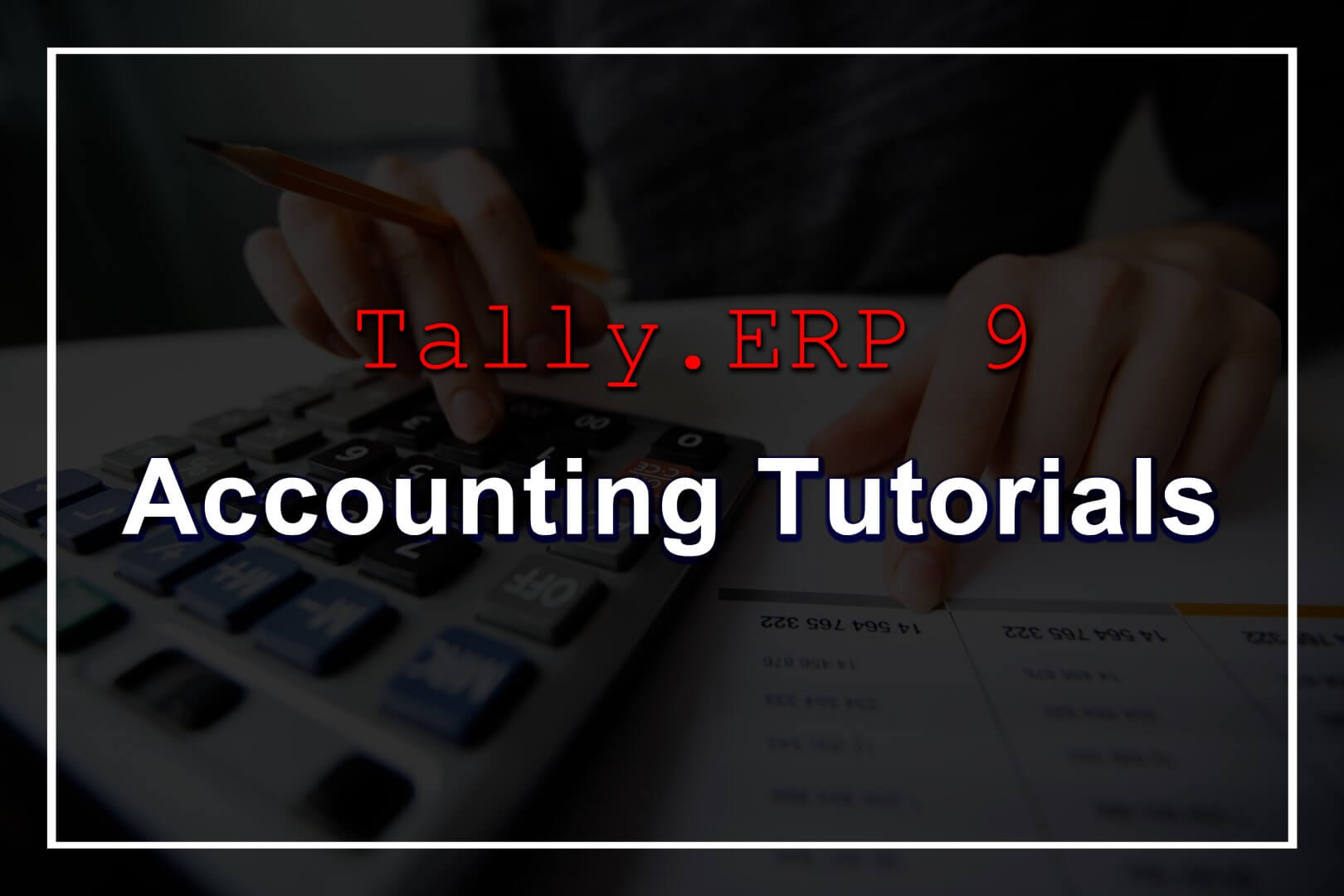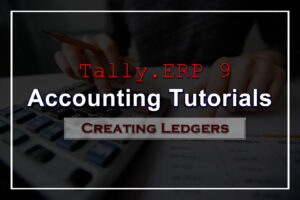Basic Accounting Concepts
Accounting: It is an art of recording, classifying and summarizing in significant manner and in terms of money, transactions and events which are of financial character and interpreting the results thereof.
Business transaction: A business transaction is “The movement of money and money’s worth form one person to another”. Or exchange of values between two parties is also known as “Business Transaction”.
Purchase: A purchase means goods purchased by a businessman from suppliers.
Sales: Sales is goods sold by a businessman to his customers.
Purchase Return or Rejection in or Outward Invoice: Purchase return means the return of the full or a part of goods purchased by the businessman to his suppliers.
Sales Return or Rejection out or Inward Invoice: Sales return means the return of the full or a part of the goods sold by the customer to the businessman.
Assets: Assets are the things and properties possessed by a businessman not for resale but for the use in the business.
Liabilities: All the amounts payable by a business concern to outsiders are called liabilities.
Capital: Capital is the amount invested for starting a business by a person.
Debtors:Debtor is the person who owes amounts to the businessman.
Creditor: Creditor is the person to whom amounts are owed by the businessman.
Debit: The receiving aspect of a transaction is called debit or Dr.
Credit: The giving aspect of a transaction is called credit or Cr.
Drawings: Drawings are the amounts withdrawn (taken back) by the businessman from his business for his personal, private and domestic purpose. Drawings may be made in the form cash, goods and assets of the business.
Receipts: It is a document issued by the receiver of cash to the giver of cash acknowledging the cash received voucher.
Account: Account is a summarized record of all the transactions relating to every person, every thing or property and every type of service.
Ledger: The book of final entry where accounts lie.
Journal entries: A daily record of transaction.
Trail Balance: It is a statement of all the ledger account balances prepared at the end of particular period to verify the accuracy of the entries made in books of accounts.
Profit: Excess of credit side over debit side.
Profit and loss account: It is prepared to ascertain actual profit or loss of the business.
Balance Sheet: To ascertain the financial position of the business. It is a statement of assets and liabilities.
Types of accounts
Personal account: Personal accounts are the accounts of persons, firms, concerns and institutions which the businessmen deal.
Principles: Debit the receiver
Credit the giver
| Principles: | Debit the receiver |
| Credit the giver |
Real Account: These are the accounts of things, materials, assets & properties. It has physical existence which can be seen & touch.
Ex. Cash, Sale, Purchase, Furniture, Investment etc.
| Principles: | Debit what comes in |
| Credit what goes out |
Nominal account: Nominal account is the account of services received (expenses and Losses) and services given (income and gain)
Ex. Salary, Rent, Wages, Stationery etc.
| Principles: | Debit all expense/losses |
| Credit what goes out |
Here is the Slide Show representing various concepts of Accounting Concepts

